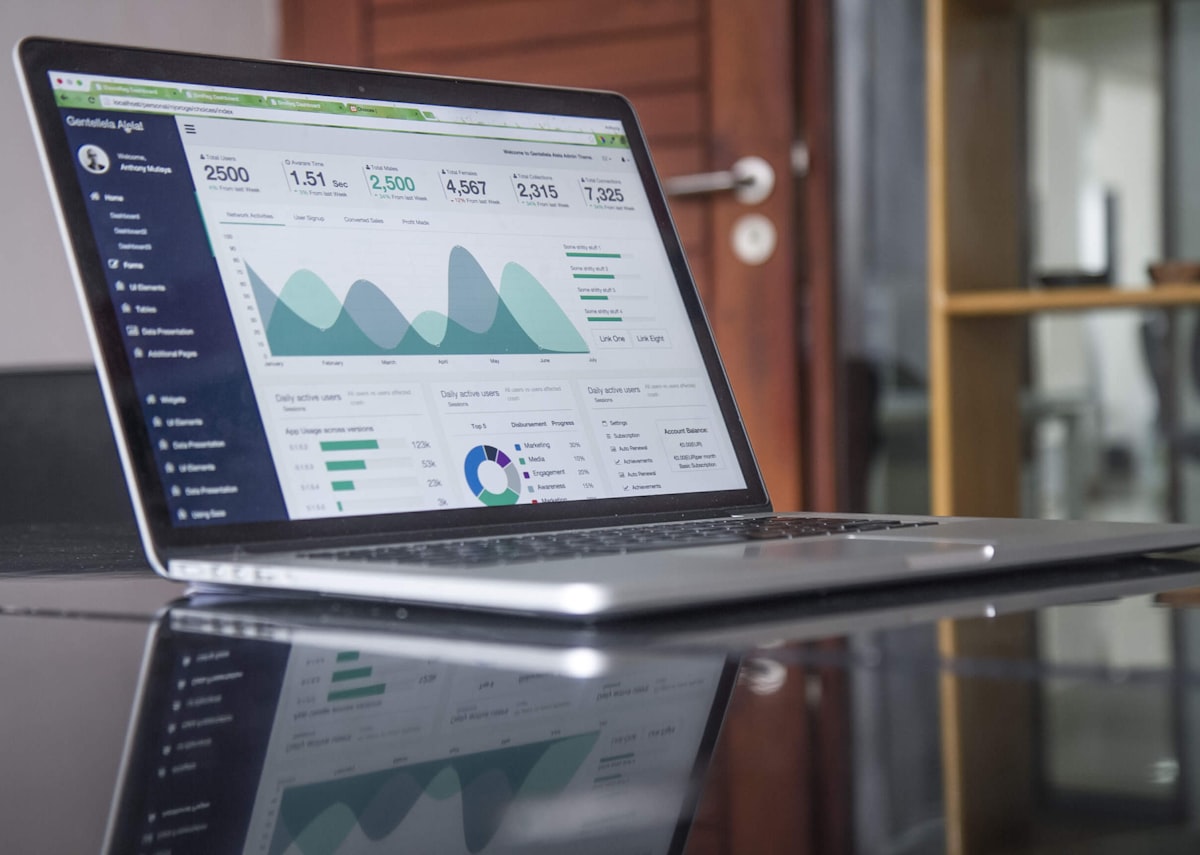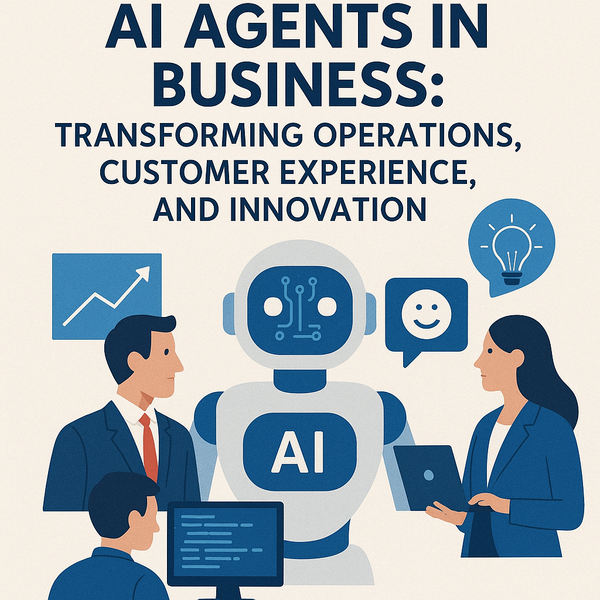Embracing the Cookieless Future: A Comprehensive Guide to Collecting and Using First-Party Data for SMEs
This guide offers an in-depth understanding of its importance and presents a step-by-step approach to leverage data effectively.

![]()
A primer on how to sell your company
They Got Acquired is THE newsletter that shares stories of companies that sell for $100,000 to $50 million. They've just launched a course on how to sell your business. If you're looking to sell your business, then this is FOR YOU! In just one hour, you'll learn:
- What to expect from the sale process
- Your options for finding a buyer
- How to create your own roadmap to sale
As the digital landscape continues to transform, the imminent future without third-party cookies has placed an unprecedented emphasis on first-party data. For small-to-medium-sized enterprises (SMEs) that haven't yet delved into first-party data collection and utilization, this guide offers an in-depth understanding of its importance and presents a step-by-step approach to leverage it effectively.





